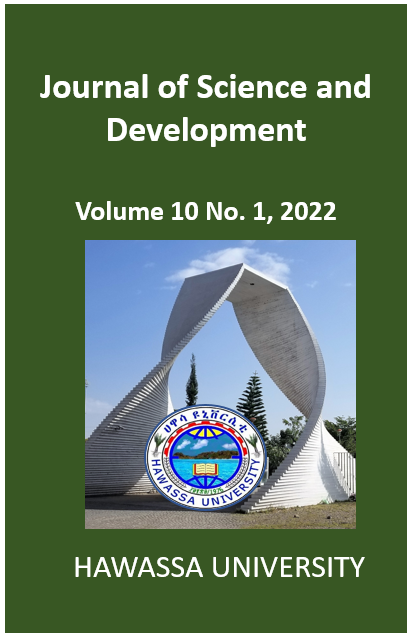Response of Barley (Hordeum vulgare L.) to Split Application of Lime in Acid Soil at Gummer Woreda, Southern Highland of Ethiopia
Keywords:
Barley, lime, soil acidity, yieldAbstract
Soil acidity is a barrier to agricultural production in areas with heavy rainfall, leading to reduced crop yields in acid soils. A fixed plot field investigation was conducted to evaluate the influence of split application of recommended lime rate, based on exchangeable acidity, on yield and yield attributes of barley in acidic soils over three cropping seasons (2018, 2019 and 2020). Four levels of lime (full dose applied at one time, split into two applications of 50% in 1st and 2nd year, 50% in first and third year, and split into three applications of 33% each year) were laid out in a randomized complete block design with three replications. Over the years, mean grain yield was not statistically significant (p < 0.05) by split application of recommended amount of lime compared to one time application of full dose. The results revealed that the highest yield was recorded in all plots treated with lime, while the lowest yield was recorded in the un-limed treatment. The highest yield (5.67 tons ha-1) was recorded from the full lime dose plant, while the lowest yield (2.4 tons ha-1) was recorded from the control. Resource-poor farmers who cannot afford the full dose of lime can split it into two or three applications annually, achieving similar yields to a single full dose application. The increased yield of limed treatments might be attributed to rising soil pH and making supplied nutrients plant-available.
Published
Issue
Section
License
Copyright (c) 2022 Agricultural and Veterinary Sciences

This work is licensed under a Creative Commons Attribution-NoDerivatives 4.0 International License.
The author(s) of the individual articles remain the copy right of their articles.

